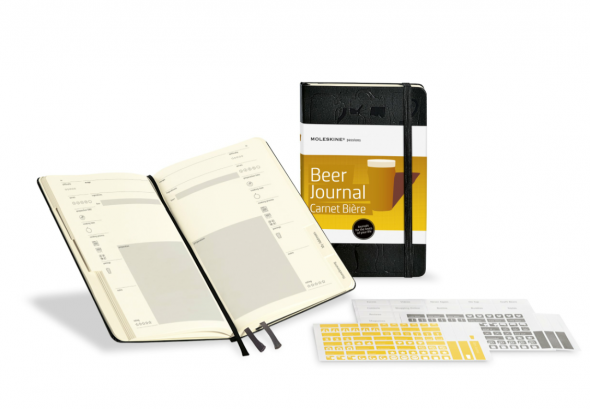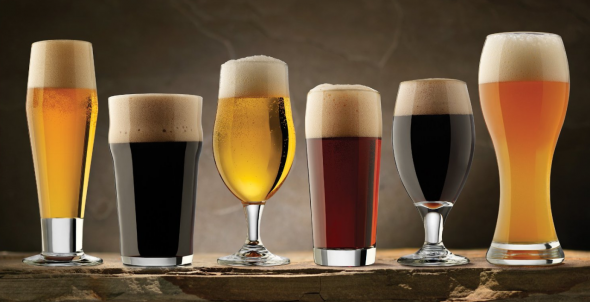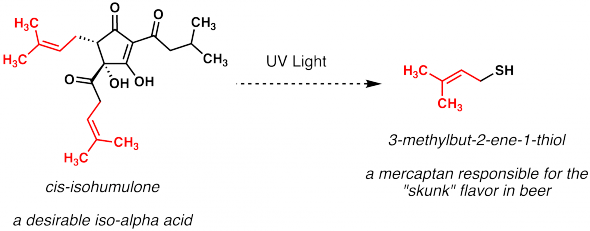by Ashley Skinnell
A close friend once told me that a bramble sounded like “the sort of thing you’d find in a ditch, some sort of tumbleweed, or an unattractive girl you bring home from the bar.” While all of those hypotheses sound plausible, a bramble is actually a blackberry, and you and I may bramble if we’re picking blackberries. I’m sure the whimsical bit of new vocabulary enamors you, but in case you found it uninspiring, I suppose I’ll tell you why the hell anyone should care about brambles.
I’ve only stumbled across the word bramble in one arena: the wonderful, disorienting world of tasting. I’ve seen reviews that boast tasting notes of asphalt, kerosene, and chicken coops – all manner of strange and inedible ills that are somehow supposed to mean something to the average customer looking for something delicious.
For the Novice Drunkard attempting to train their palate, discerning tasting notes can be overwhelming. They present themselves in a jumbled, confusing, and alcohol-laden menagerie; then, some tag with delicate pink borders informs you that what you should actually taste is bramble and Italian leather.
Don’t lose faith in your palate just yet. Though it requires practice, never fear, ye lost and drunken sailors, you too can become a pro in the grandeur world of booze reviewing.
The most important things you can do to mature your palate is to taste beer as often as possible, keep a tasting journal, and standardize your tasting process. How to standardize, you ask? Pro Tips for the Novice Drunkard is here to help.

Tasting begins with glassware. Don’t drink beer from the bottle, can, or a shaker pint glass. It’s difficult to hear, but all of these containers, even that bad ass Teenage Mutant Ninja Turtles pint glass from the comic book store, actually diminish your ability to taste and smell beer.

The geometry of the glass used for tasting will effect the aroma and taste of the beer. Glasses that are wider near the mouth provide a “shelf” for the head of your beer to sit upon. Glasses that taper near the mouth force the head in on itself, making it denser and creamier while concentrating the aroma. When possible, use style specific glassware. Libbey makes a fantastic 6-piece craft beer glass set that’s available for a mere $27 dollars on Amazon.com. For more information on the intricacies of glassware, you can check out Tasting Beer by Randy Mosher.
Once you have your beer and its proper glass, it’s time to get down to the business of tasting. Most beer reviews are broken down into five components: appearance, aroma, taste, mouth feel, and overall assessment. Your reviews should be as detailed as possible. Focus on individual tasks during the tasting process, this will make it easier to classify what you are experiencing. This being said, know what you’re looking for.
Appearance
Note the color of the beer. Is it straw yellow, amber, golden, coffee colored, or inky black? Pay attention to the head and its hue. Is it dense and creamy or fluffy; is it white, eggshell, or khaki colored? Next look for lacing. Lacing is the pattern the beer foam makes around the inside of the glass and denotes the quality of the head. Nice lacing, as opposed to poor or thin lacing, will form a tight pattern. If you taste a beer with high ABV, look for legs. “Legs” is a term commonly used in wine tasting. It refers to the little streaks of fluid that run down the inside of the glass and denotes the quality and strength of the brew. The best time to look for legs is half way through your tasting. Swirl the beer in the glass and hold it up towards the light to check for streaks of alcohol.
Aroma
The secret to discerning aroma is ensuring your sense of smell doesn’t get exhausted. It’s a lot like going to the cologne counter at a Sears. After a while, smells start to blur together, and when you finally tear yourself away from the well-meaning counter girl to find whatever it is you came for, you aren’t even aware you smell like Dennis Rodman after a night on the Vegas strip. Smell your beer in 2-4 second bursts. If you find things are starting to get jumbled, try smelling dried herbs or coffee beans to “reset” your nose.
Remember that you’re looking to find the aroma of things you’ve previously smelled. You may smell grass, orchard fruit, dark fruit, or spices like cinnamon and clove. Look for malt smells: cereal, bread, chocolate, and coffee are all common. Try to pick up on yeast smells, which often translate as estery (fruity), nutty, or doughy. Hops can smell piney, floral, herbal, or citrusy.
Taste
Here’s the fun part. Just as in the aroma category, you’re looking to relate the beer to foods and drinks you’ve tasted in the past. You’ll taste many of the same things you smell in beer. For instance, if you smell chocolaty malt in a stout, you’re very likely to taste chocolate as well.
Remember that you shouldn’t hate a beer’s taste. If you come across something you find completely undrinkable, it’s likely to be an issue of freshness or unwanted bacteria. A great example is the skunky flavor of light-struck beer. Too much exposure to light degrades hop iso-alpha acids creating an undesirable flavor; you’re likely to find it in beers that have not been stored properly. Trust your instincts when you taste, and if you feel something is wrong, bring it back to the store you bought it from. Generally, they can tell you if what you taste is normal, and they often offer store credit for beer that’s gone bad.

Mouth feel
Mouth feel, while seemingly self-explanatory, is actually quite complex. The mouth feel of your beer is incredibly important when assessing quality. Certain styles should generally have certain mouth feels, with few exceptions. Mouth feel is related to the mineral content of the water used to brew beer. Czech pilsners have a light mouth feel due to the low mineral content of the water used to brew it; stouts have a nice round, full mouth feel due to the relatively high amount of chlorides present in the water. Note whether the mouth feel is anywhere from light and dry to heavy and sticky.
Overall assessment
Just as it says, this is your general feeling about the beer overall. How was it; will you drink it again? When you’re flipping through your tasting journal, this will be the most helpful bit of information you have when dealing with beers you’re unsure about purchasing again. Try using a 1-10 number system in addition to your notes.
Remember to take your time when tasting. Particularly when dealing with ales (all beers brewed with top fermenting yeast), temperature will greatly impact the aromas and tastes you perceive. This is because top fermenting yeast ferments at around room temperature, meaning the full complexity of its flavor profile won’t completely unfold until it reaches about 60-70 degrees Fahrenheit. Personal preference will dictate the temperature you enjoy beer at, but in general allow for 20-30 minutes from start to finish. This allows the beer to warm as you drink it. If you doubt your ability to stretch it that far, allow the beer to sit out for 10-15 minutes before pouring.
Tasting beer and exploring its individual attributes is the best way to mature your palate and broaden your understanding of flavor profiles. You’ll learn what to expect from particular styles, hop varietals, and malt roasts; you’ll find yourself immensely less confused by large selections and color coded tagging systems, and you’ll drink a ton of beer in the name of qualitative analysis.  The more we appreciate beer as a community, the more likely many out of state breweries currently unavailable in the state are likely to begin shipping here. So, my friends, drink beer; science and the welfare of the state are depending on you. Don’t let us down.
Pingback: Off Flavors: A Guide for the Novice Drunkard | OKC.NETOKC.NET